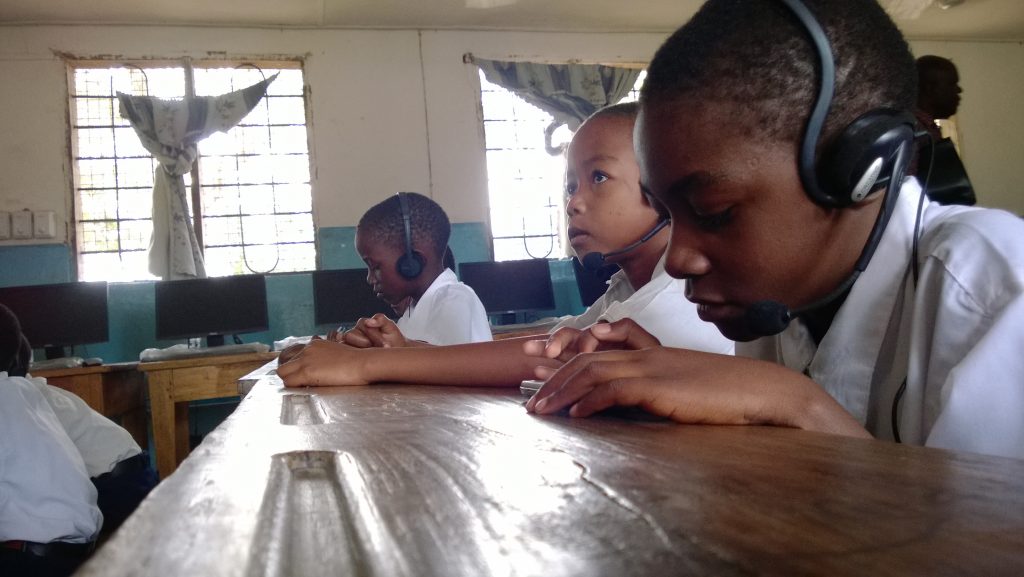Literacy teaching
Child-centered teaching practices
In child-centred teaching, the teacher assists and facilitates the child’s learning by actively providing support and guidance, and by building opportunities to learn and practise new skills together with other children. A child-centred teacher is sensitive to each child’s needs for support in learning and interests.
Key factors in quality teaching and learning processes
Process quality of the interaction between teacher and children supporting learning is rooted in how teachers apply the curriculum in class, and what kind of goals and study they stress.
Phonics-based instruction
Phonics-based instruction focuses on explicit and systematic training in decoding, including letter recognition, letter-sound correspondence, phonics and phonological awareness. Most children seem to become stronger readers when they are provided explicit phonics-based decoding instruction in combination with meaningful reading activities and motivating texts to practise reading.
Reading in local languages
Research has tried to identify the effects that differences between alphabetic writing systems might have on the development of reading skills and reading difficulties. Differences in language and writing system characteristics affect which factors are essential in teaching reading and supporting reading difficulties. Methods that are functional in some language environments and writing systems may not necessarily be functional or well-grounded in others.
Literacy activities
Literacy activities are important for acquiring literacy skills. Exposure to different activities is beneficial to the learner, and lay a foundation to acquire literacy and concretise the acquired skills.
Teaching spelling and writing
When practising spelling in a transparent language, it is relevant to know how to separate syllables from words, and phonemes from syllables, and to practise phoneme-letter correspondence. Heard word is specifically divided into syllables; then the syllables are analysed phoneme by phoneme and written as letters that merge the syllables and word, which is checked by reading.
Teaching adults to read
The mentors’ training manual is the guiding document for preparing facilitators to train illiterate adults on literacy programmes and/or other related relevant programmes. The document contains important information and skills needed when teaching and working with adult learners in different contexts.
Reading and spelling assessment
Assessment is a central part of effective instruction and instructional decision making. The aim of assessment is to support individual learning processes, guide children’s learning, and improve children’s achievement.
Literacy in multilinguistic context
Multilingual Competence is also known as multicompetence, which refers to the complex, flexible, integrative, and adaptable behaviour that multilingual individuals display. A multilingually competent person can speak three or more languages and convey information in these languages appropriately. Multilingual competence, therefore, is the system of linguistic knowledge, understanding the mechanisms of functioning of language and algorithms of speech actions, good command in metacognitive strategies, and developed cognitive ability.
ICT and teaching
Teachers and students of the 21st century need to learn to apply and use technology and other media for learning and meeting diverse needs of students. The e-book introduces teachers to Internet sites that offer a wide range of free apps that teachers can use to promote reading skills.